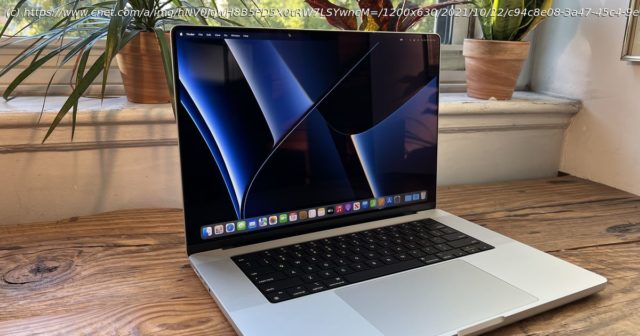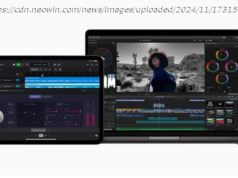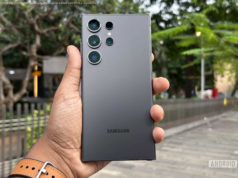A very specific audience of video editors, 3D designers and other creative professionals have been waiting for a new post-Intel , graphics-heavy Mac. Apple’s …
A very specific audience of video editors,3D designers and other creative professionals have been waiting for a new post-Intel, graphics-heavy Mac. Apple’s two new super-powered MacBook Pro laptops are clearly aimed at that audience, with an emphasis on graphics processing and connectivity. Now, these power users will have to decide if the expensive new versions are pro enough for their needs. Our early hands-on experience so far says yes. The 14- and 16-inch MacBook Pros are remarkably similar in design and component options. Both add the same resurrected ports, new Mini-LED display and improved webcam. Both are available with either the M1 Pro or M1 Max chip, with a few small differences in the specific CPU configurations. Both also ditch the drive towards ever-thinner designs, with a chunky, almost retro-inspired look. Read more: Apple MacBook Pro 14-inch M1 Pro review As the 16-inch version is the more buzz-worthy of the two new laptops, I’ll focus on it here as a true desktop replacement and a worthy heir to the late, great 17-inch MacBook Pro, last seen in 2012. In a separate review of the 14-inch MacBook Pro, I break down some of the differences between the two sizes, and who the audience for each might be. The first thing you notice about the new 16-inch MacBook Pro is its build is slightly thicker and heavier than its predecessor. And unlike some earlier MacBooks, this version doesn’t try as hard to hide its size with curves and tapers. It’s proudly angular, with thicker sides for more ports and chunky rubber feet on the bottom. It’s also about a half-pound heavier, which ain’t peanuts. It embraces an almost retro style on the outside, while offering something new on the inside. With so many changes, I’m hard-pressed to say which side of that coin is the most important. To be sure, the new M1 Pro and M1 Max chips are precisely what a slice of the creative pro market has been waiting for. These new chips replace the need for both an Intel CPU and discrete AMD graphics, a combo previously found in only a few high-end Macs. In other words, after a long wait, professional video editors and 3D modelers have a new MacBook aimed squarely at them. And with prices that start at $2,500 for the 16-inch model and $2,000 for the 14-inch, it’s probably a good idea to have the business justification for such a hefty purchase all lined up — even if someone else (like your employer) is paying for it. If everything comes back in style eventually, it must be time for HDMI ports and SD card slots to return. I’m as shocked as anyone by the return of not only these classic-but-useful ports, but also the long-dead MagSafe power connector. If you’ve followed Apple evolution as long as I have, you know nothing is permanent when it comes to ports. (I mean, Apple would never take the headphone jack out of the iPhone, right?) It’s as if Apple designers decided to go through all the feedback they’ve gotten for years and cherry pick everyone’s top handful of wishlist requests (with apologies to whoever wanted mini-DisplayPort or DVI to return). I recall the very first MacBook Pro from 2006, which I reviewed as well. The original Pro cost a similar $2,800 and included three USB 2.0 ports; FireWire 400 and FireWire 800 ports; an ExpressCard slot; and a DVI port. It wasn’t until the first Retina screen MacBook Pro, which I reviewed in 2012, that HDMI first made its way to a MacBook. But it disappeared a few years after that, when Apple moved toward USB-C starting with the 12-inch MacBook. The SD card slot similarly came and went over the years. HDMI is something people have been asking to get back. It’s great to be future-forward, but HDMI remains immensely useful, even if it’s transitioning into being more of a legacy port. That’s also why we had laptops with VGA ports for so many years after they should have vanished. People have older or legacy devices, like printers, projectors and displays, and they want to be able to plug into those immediately, with a cable common enough that you might luck out and find one buried in the back of a desk drawer.






